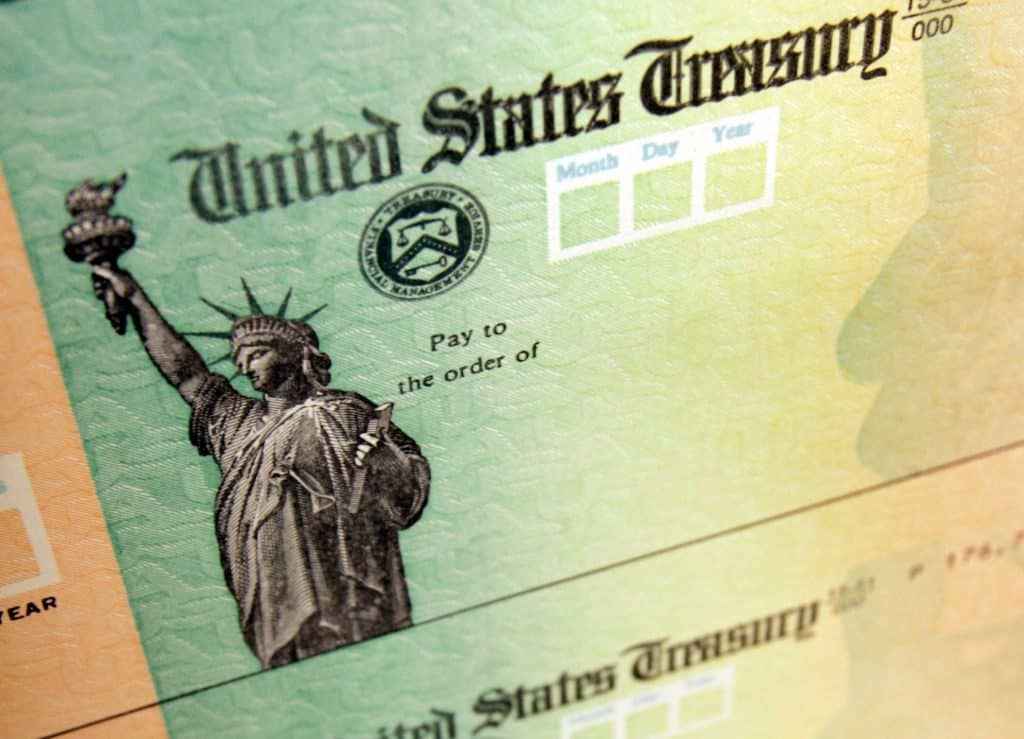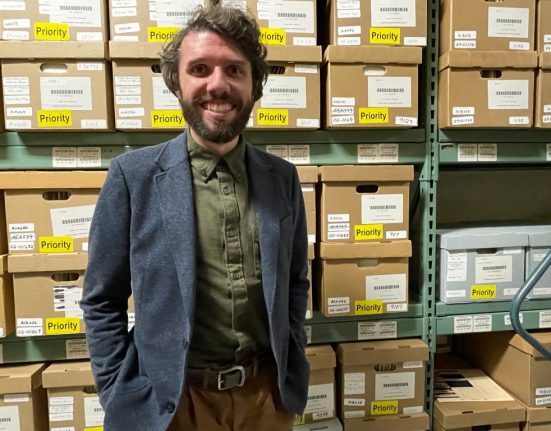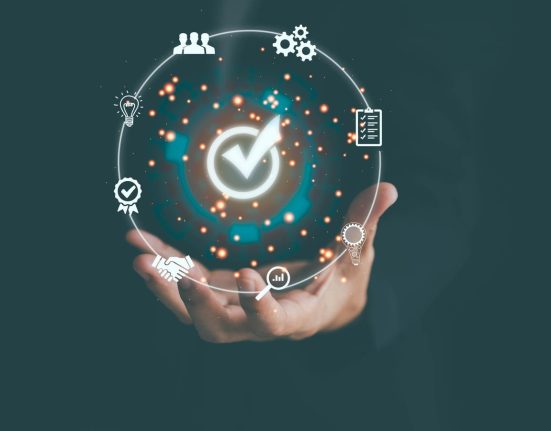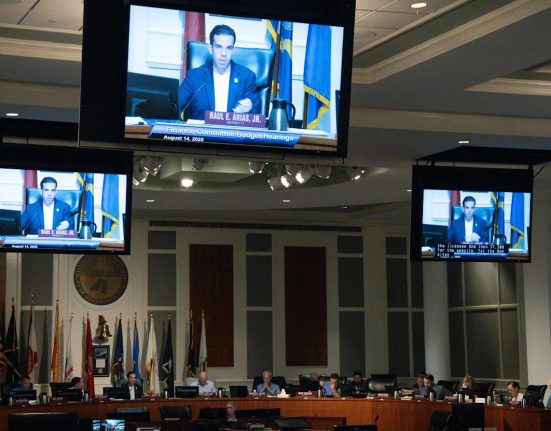

Filing for Chapter 13 bankruptcy may give struggling borrowers a lifeline—but when it comes to student loans, relief is limited. Here’s what every borrower should understand about how bankruptcy interacts with education debt.
Chapter 13 bankruptcy: What it does
Chapter 13, also called a “wage earner’s plan,” lets individuals with regular income repay all or part of their debts through a structured plan lasting three to five years. This legal process pauses most collection efforts through an automatic stay, giving debtors breathing room from lawsuits, wage garnishments, and creditor harassment.
Borrowers make monthly payments to a court-appointed trustee, who distributes funds to creditors. Chapter 13 allows people to keep property, catch up on missed payments, and reorganize their finances.
Are student loans discharged in Chapter 13?
No, not automatically. Student loans are generally treated as non-dischargeable debts, meaning they survive bankruptcy unless the court grants a rare exception. In most cases, borrowers remain responsible for their loans after completing a Chapter 13 plan.
That said, filing for Chapter 13 can still impact student loan repayment. While under bankruptcy protection:
- Lenders cannot collect payments outside of the plan.
- Interest may continue to accrue but won’t trigger late fees or default.
- The debtor may pay less than the full monthly amount during the plan.
Student loans in a Chapter 13 repayment plan
In Chapter 13, student loans fall into the same category as nonpriority unsecured debt, like credit cards or medical bills. They receive a portion of the payments based on the debtor’s disposable income.
Once the bankruptcy ends, borrowers must resume any remaining student loan payments.
Is it possible to discharge student loans?
Only in rare cases. To wipe out student loans, borrowers must file a separate lawsuit within the bankruptcy case—called an adversary proceeding—and prove that repaying the debt would impose an “undue hardship.”
The court considers three key factors (known as the Brunner test):
- The borrower can’t maintain a minimal standard of living while repaying loans.
- This hardship is expected to persist.
- The borrower has made a good-faith effort to repay.
This is a high legal standard, and most courts are reluctant to discharge student loans unless truly exceptional circumstances exist.
What about cosigners?
Chapter 13 offers limited protection for cosigners. While the automatic stay may temporarily block collection actions, the court doesn’t eliminate the cosigner’s legal responsibility unless specific conditions are met. If the borrower fails to repay the loans post-bankruptcy, cosigners can still be held liable.
New rules: Credit toward forgiveness programs
There is one notable update: Starting July 1, 2024, federal student loan borrowers in Chapter 13 can receive credit toward forgiveness under Income-Driven Repayment (IDR) and Public Service Loan Forgiveness (PSLF) programs.
Key points:
- Borrowers must comply with their confirmed Chapter 13 repayment plan.
- Even if no direct student loan payments are made, each month in good standing counts toward forgiveness.
- Debtors should verify with their servicer that their plan includes this provision.
Key takeaways
- Chapter 13 does not eliminate student loans but can pause payments and reduce pressure.
- Borrowers can seek discharge only by proving undue hardship in court.
- New federal rules allow forgiveness credit during bankruptcy if criteria are met.
- Cosigners remain on the hook unless otherwise relieved.
For more information, visit StudentAid.gov or speak with a bankruptcy attorney familiar with student loan law.







